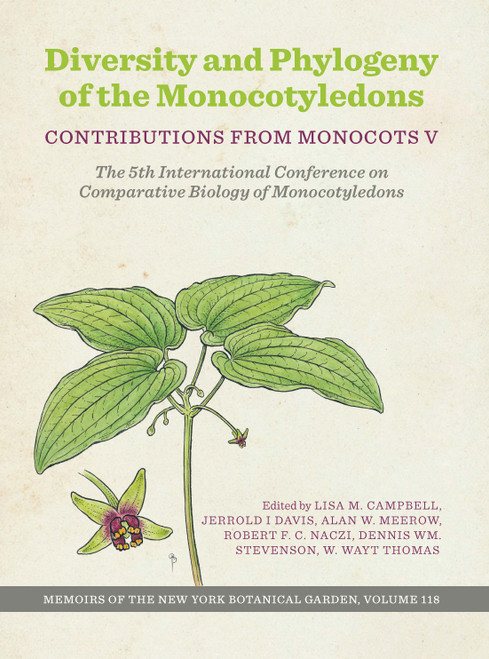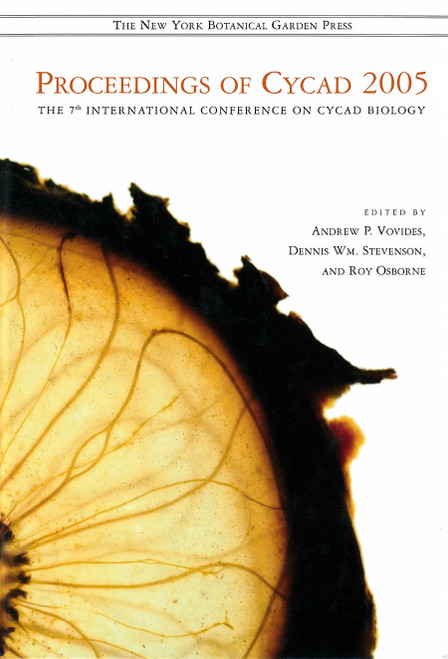This purchase only includes chapter 3 of this title.
Najas (Hydrocharitaceae), a cosmopolitan genus of about 40 species, stands among the most intricately adapted of aquatic angiosperms. All species are dioecious or monoecious and are entirely submersed and pollinated underwater (a form of hydrophily). Unlike most Hydrocharitaceae, Najas species are annuals that rely primarily on seed for reproduction. Most of their anatomical and morphological features are characterized by extreme reduction. Submersed plants like Najas face unique physiological challenges as they grow across a broad ecological gradient ranging from shallow, warm, and bright waters to deep, dark, and cold waters. How these plants maintain essential metabolic processes under such diverse conditions has not yet been explained in any detail. We are beginning to investigate this question by comparing sequence data obtained from complete chloroplast genomes of Najas and related taxa. Already this work has provided evidence of unique alterations of the chloroplast psaA/psaB operon and the loss/pseudogenization of photosynthetic genes that otherwise are conserved strongly across terrestrial plants. In addition to reviewing the adaptive implications of these features, we report new evidence to demonstrate that plastid coding regions of Najas species diverged by positive selection with respect to those of other Hydrocharitaceae, monocotyledons, and angiosperms. Ultimately, the objective of this work is to identify key regions of the chloroplast and nuclear genomes that have facilitated the major ecological transition of flowering plant species from life on land to life in the water.MEM 118 C03-Adaptive evolution of chloroplast genome in Najas (Hydrocharitaceae)
MSRP:
Was:
Now:
(Inc. Tax)
MSRP:
Was:
Now:
$4.99
(You save
)
Write a Review

Write a Review

MEM 118 C03-Adaptive evolution of chloroplast genome in Najas (Hydrocharitaceae)
- SKU:
- UPC:
- lastUpdated:
- 08/08/2020 02:11:18

Add to Cart
The item has been added
MEM 106 C03-SERBO and the Cycads of Oaxaca, Mexico.
MSRP:
Was:
Now:
(Inc. Tax)
MSRP:
Was:
Now:
$4.99

Add to Cart
The item has been added
MEM 97 C11-Genomic Studies in Cycas rumphii Mique.
MSRP:
Was:
Now:
(Inc. Tax)
MSRP:
Was:
Now:
$4.99

Add to Cart
The item has been added
MEM 117 C03-Development Cycle of Ovule and Seed of Zamia furfuracea (Cycadales).
MSRP:
Was:
Now:
(Inc. Tax)
MSRP:
Was:
Now:
$4.99

Add to Cart
The item has been added
Evolution, Variation, and Classification of Palms. Mem (83)
MSRP:
Was:
Now:
(Inc. Tax)
MSRP:
Was:
Now:
$15.00

Add to Cart
The item has been added
MEM 118 C12-Biodiversity and distribution of Iridaceae in Italy
MSRP:
Was:
Now:
(Inc. Tax)
MSRP:
Was:
Now:
$4.99

Add to Cart
The item has been added
MEM 118 C02-Molecular phylo. of Sporobolinae & classification of Chloridoideae.
MSRP:
Was:
Now:
(Inc. Tax)
MSRP:
Was:
Now:
$4.99

Add to Cart
The item has been added
MEM 118 C08-Morphological misfits and character. EVO Pandanales
MSRP:
Was:
Now:
(Inc. Tax)
MSRP:
Was:
Now:
$4.99

Add to Cart
The item has been added
MEM 118 C10-Pogoniopsis is an epidendroid orchid misclassified in Vanilloideae.
MSRP:
Was:
Now:
(Inc. Tax)
MSRP:
Was:
Now:
$4.99
!

